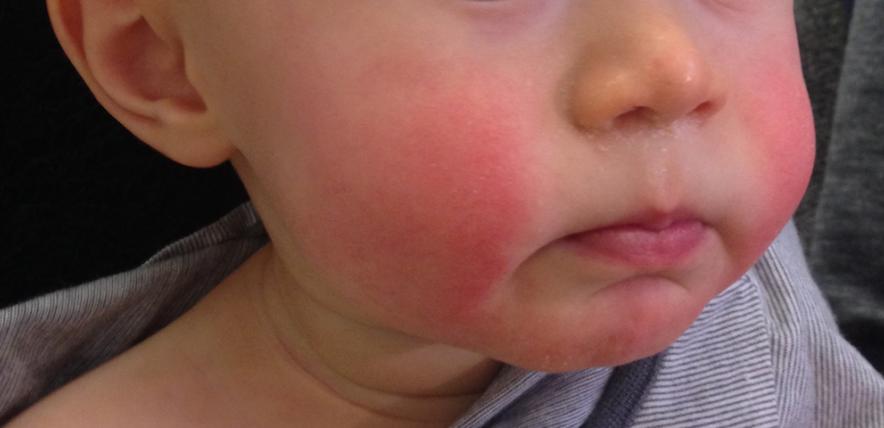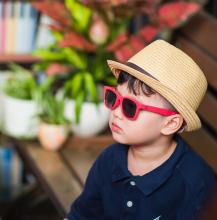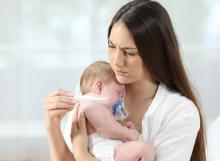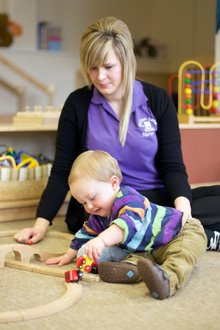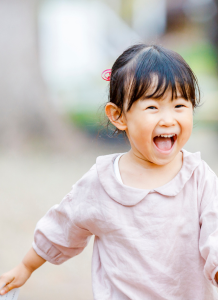Slapped cheek syndrome - which also goes under the names of erythema infectiosum or fifth disease - is a viral infection caused by parvovirus B19 and is very common in children.
Peak times for slapped cheek syndrome seem to be in the Spring months, but it can strike at any time of the year.
Its name comes from the main symptom, which is a red rash on the cheeks. By the time the rash appears, which is usually between four and 14 days after infection has taken place, your child is no longer contagious.
Slapped cheek syndrome can be easily mistaken for other illnesses because of the early symptoms.
What are the symptoms of slapped cheek?
Early symptoms include a high temperature, runny nose, sore throat, head ache and upset stomach, and this is the time when your child will be most contagious to others. The red rash can sometimes be mistaken for scarlet fever or German measles (rubella).
Your child is likely to display signs of feeling low, lethargic or just generally unwell in the early days before the more obvious symptoms appear.
As well as the rash on the cheeks some children also get reddish blotches on their chest, stomach, arms and legs, which may be itchy. This usually fades within a week or two, but may recur with heat, stress, anxiety or doing exercise.
How do children catch slapped cheek syndrome?
Slapped cheek is easily spread among children who play together because it is caught in the same way as colds and flu – through inhaling droplets that have been sneezed or coughed by those who are infected, or by touching an object or surface that has been contaminated and then putting the hands around the mouth and nose.
The good news is that once your child has had slapped cheek once, they are very unlikely to get it again because of the antibodies made during the infection will fight off the illness in the future.
Most children don’t need to see a doctor, but parents and carers may want a diagnosis so they know exactly what’s wrong with their child and so they can inform their early years setting or school.
Doctors say that care must be taken if the infected child has been in contact with a pregnant woman, someone who has suppressed immunity, for example because of cancer treatment, or anaemia. Blood tests may be needed in these cases to find out if the persons concerned are affected, or are immune to the syndrome.
Once the illness becomes obvious when the red cheeks appear there is little point in keeping a child off nursery because the contagious period has ended. However, your early years setting will ask you to keep your child at home if they appear to be unwell.
How do I treat slapped cheek syndrome?
Slapped cheek usually clears up on its own without any specific treatment, but the symptoms can be relieved by having lots of rest and drinking plenty of fluids, taking paracetamol or ibuprofen for fever, aches and pains, and antihistamines or emollients to relieve an itchy rash. If you’re in doubt about the best medicines to give your child, speak to the pharmacist.
While there’s no way of preventing this illness, as there is no vaccination against it, encourage your child to wash their hands regularly, and to use tissues to contain sneezes and coughs, which can then be safely discarded.
Good hand hygiene can reduce the chance of your child becoming unwell.
Further reading:
Patient Info — Slapped cheek syndrome leaflet
Written for the Early Years Alliance by Dorothy Lepowska-Hudson
This article is for information purposes only and should not be used as a substitute for professional medical help. If you or your child is unwell you should consult a medical professional.
Where next?
What is hand foot and mouth and is it dangerous?
How to treat your child's eczema
Spotting symptoms of sepsis in children
Febrile convulsions in infants

